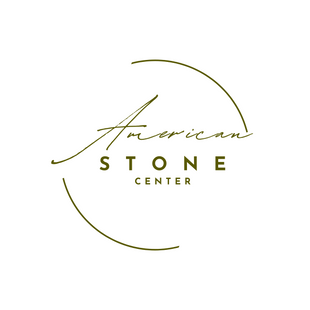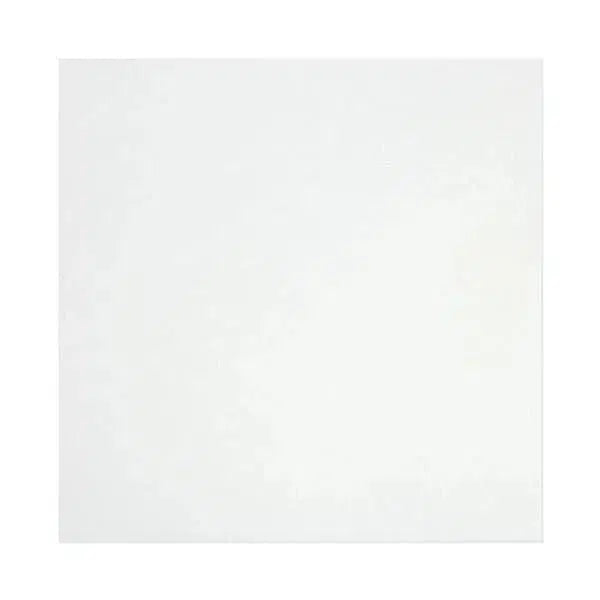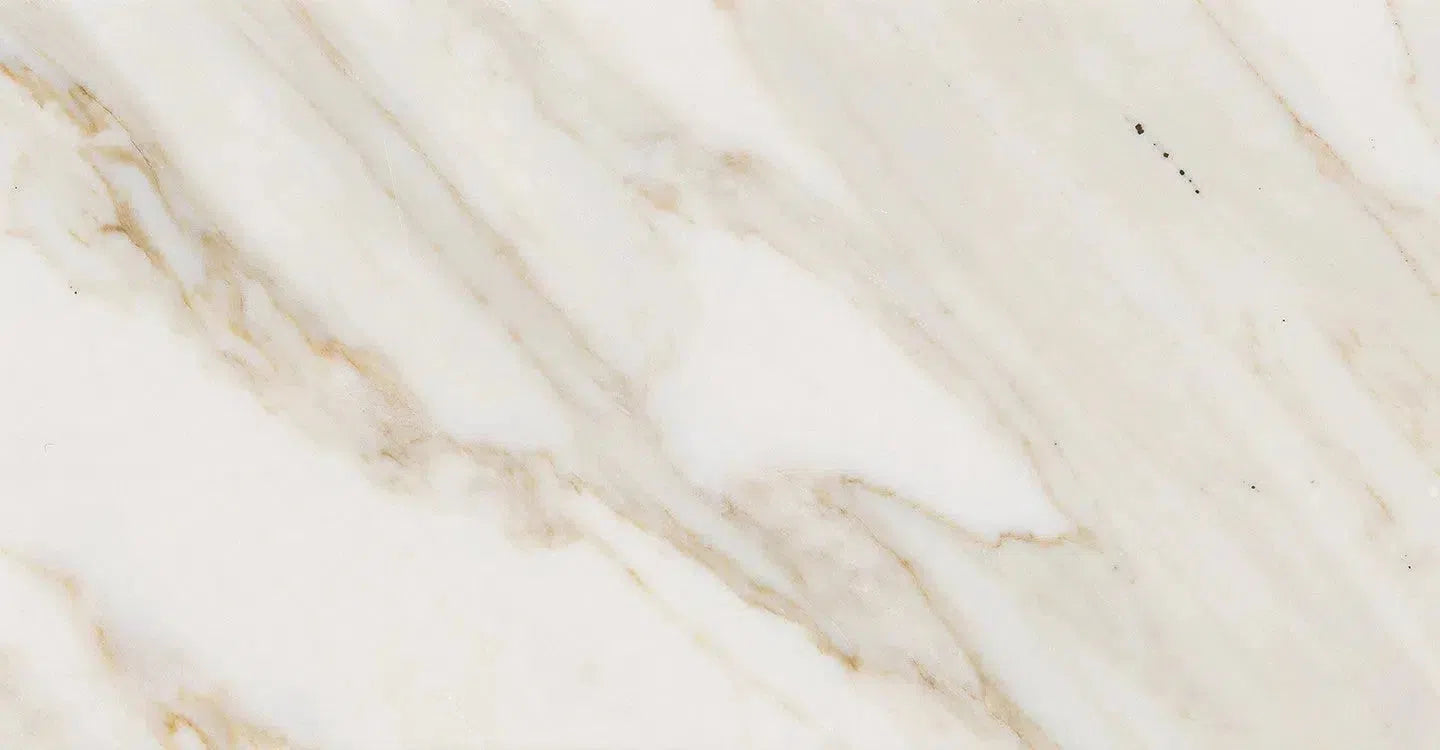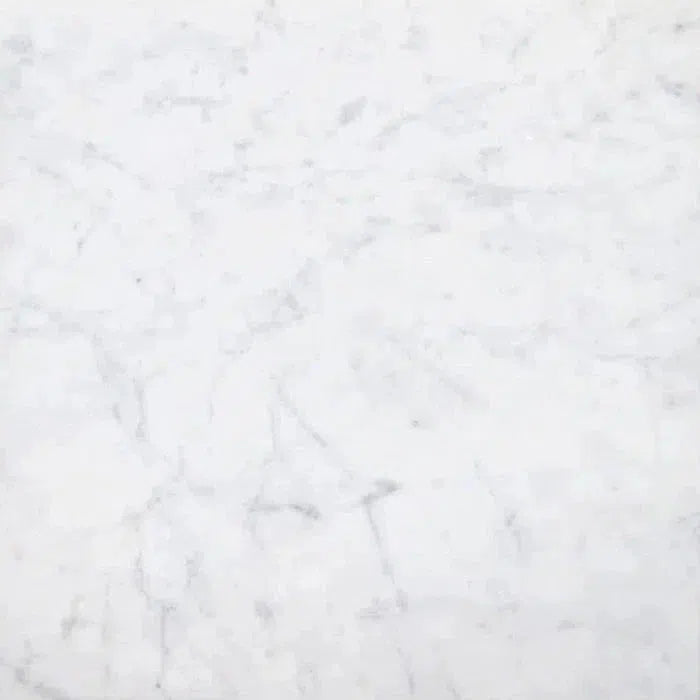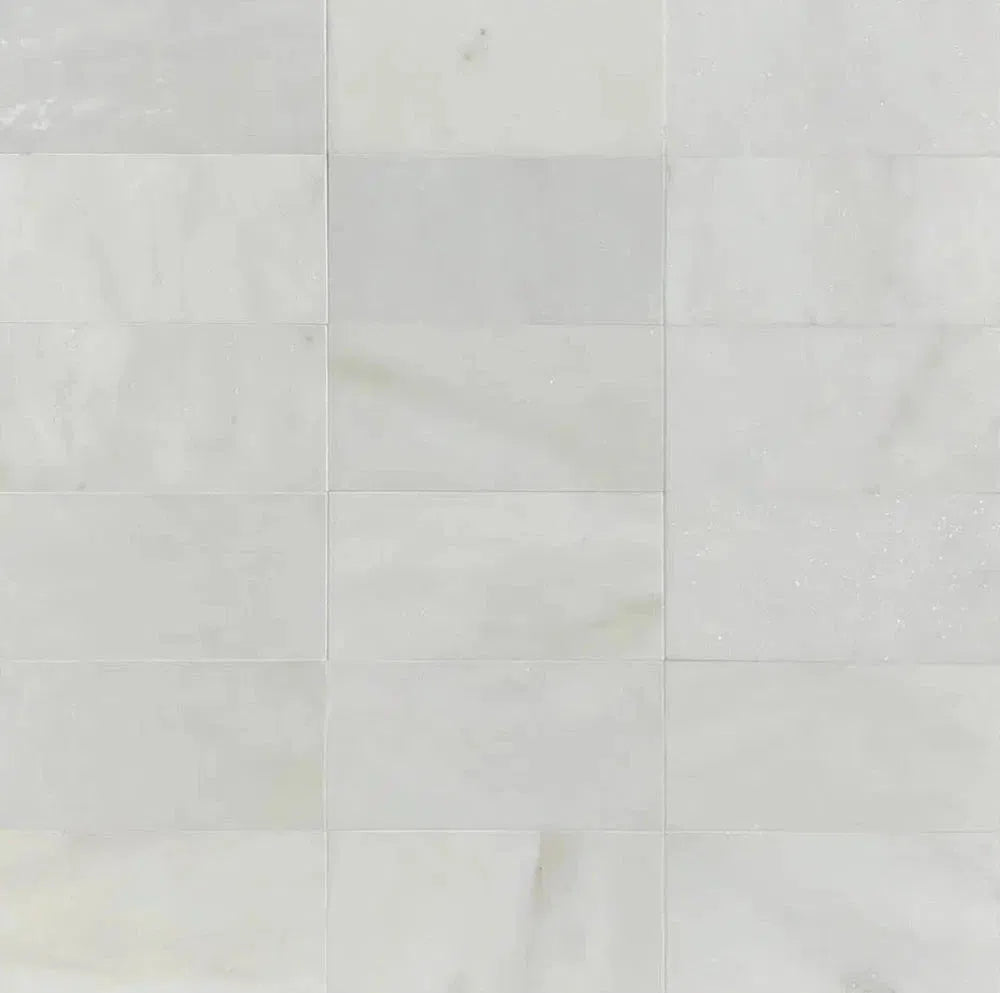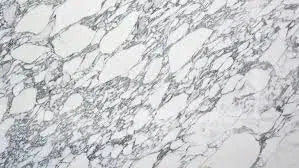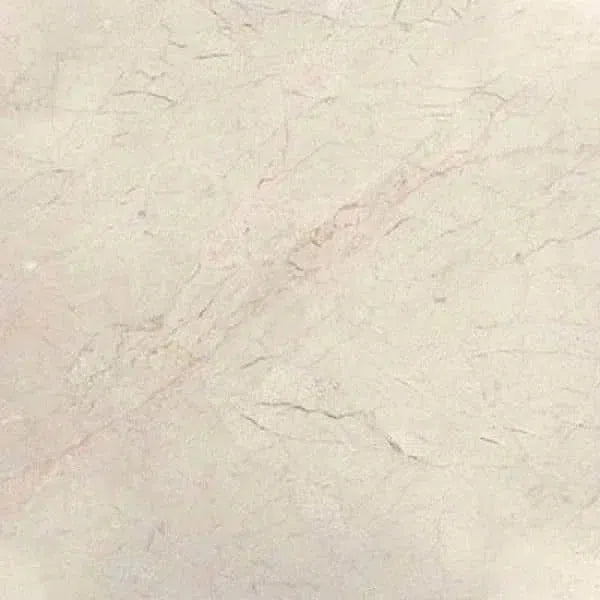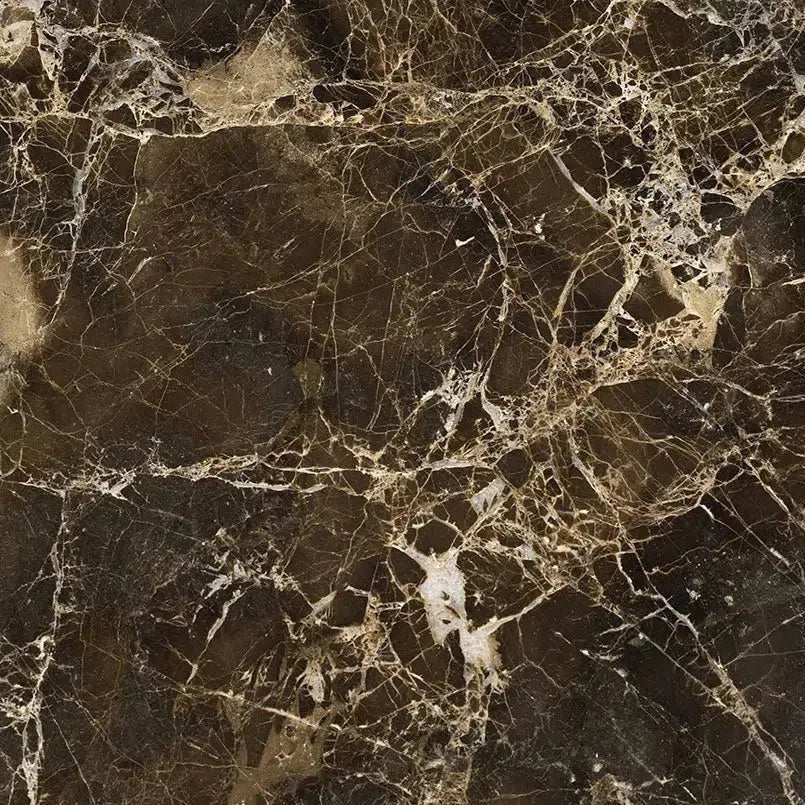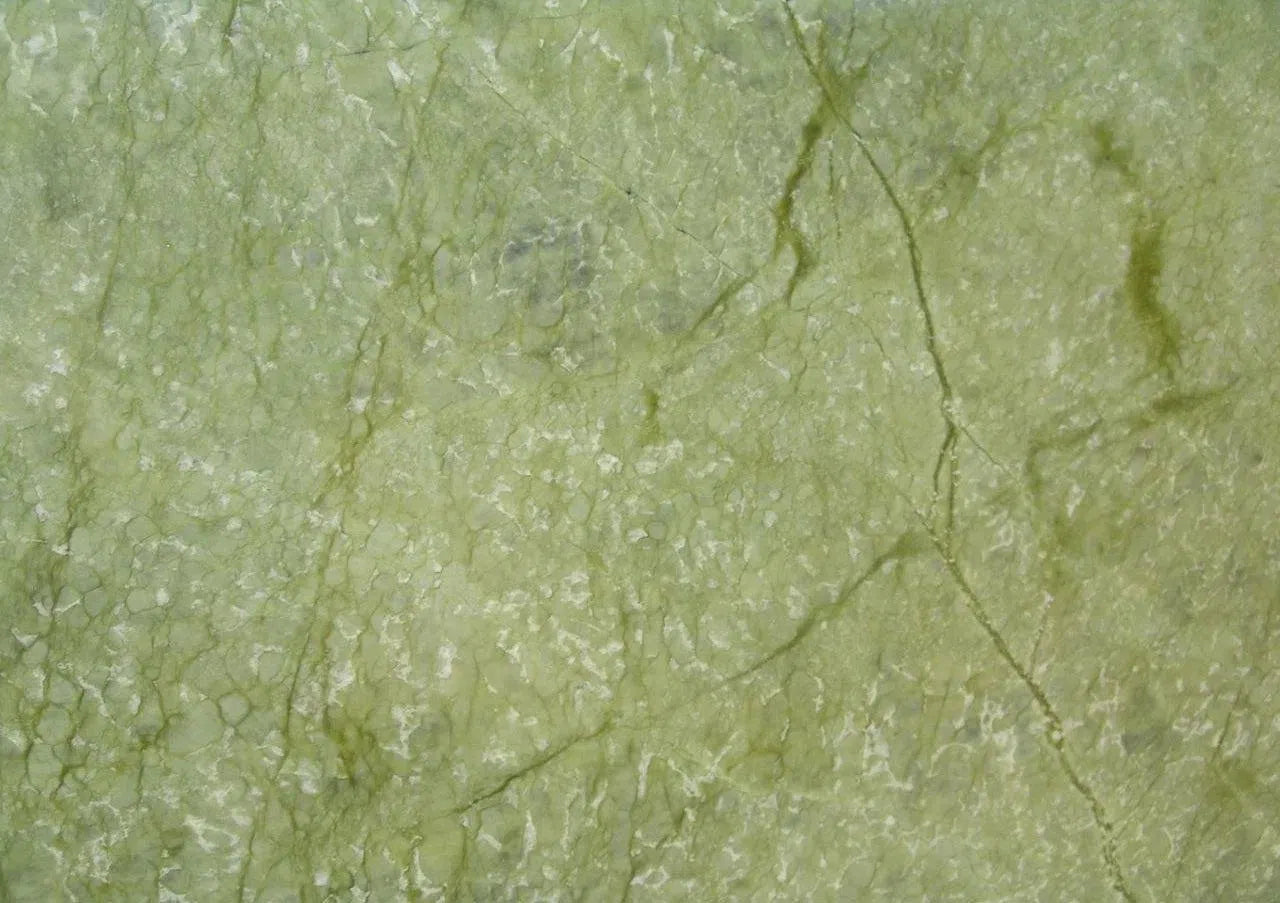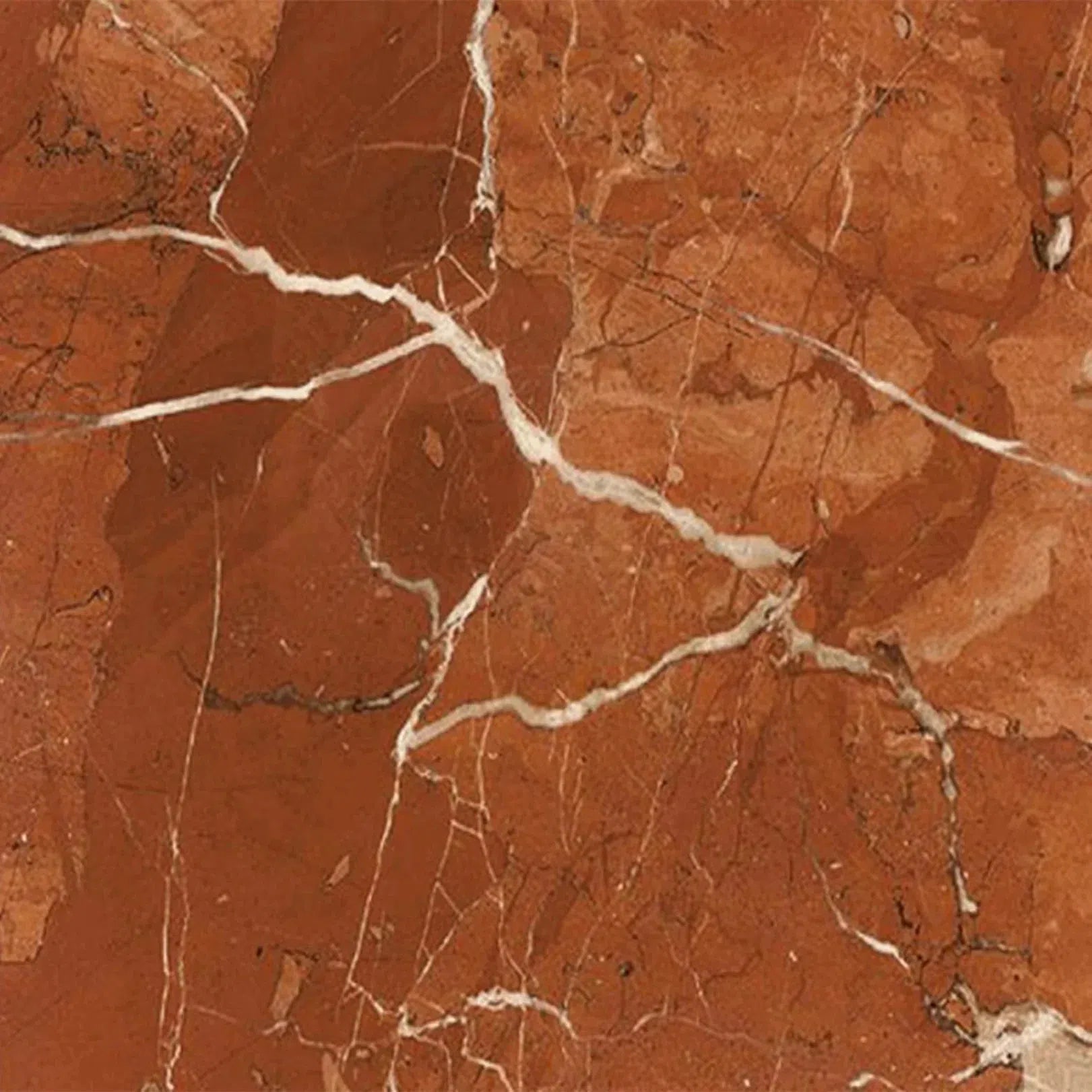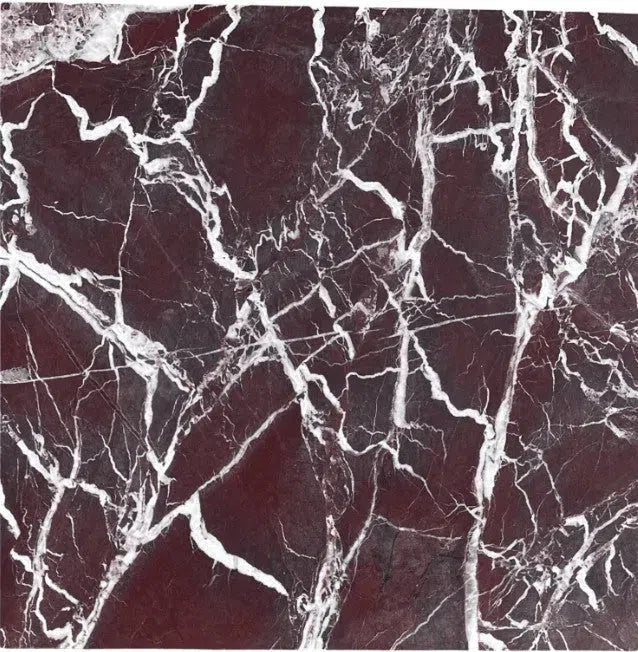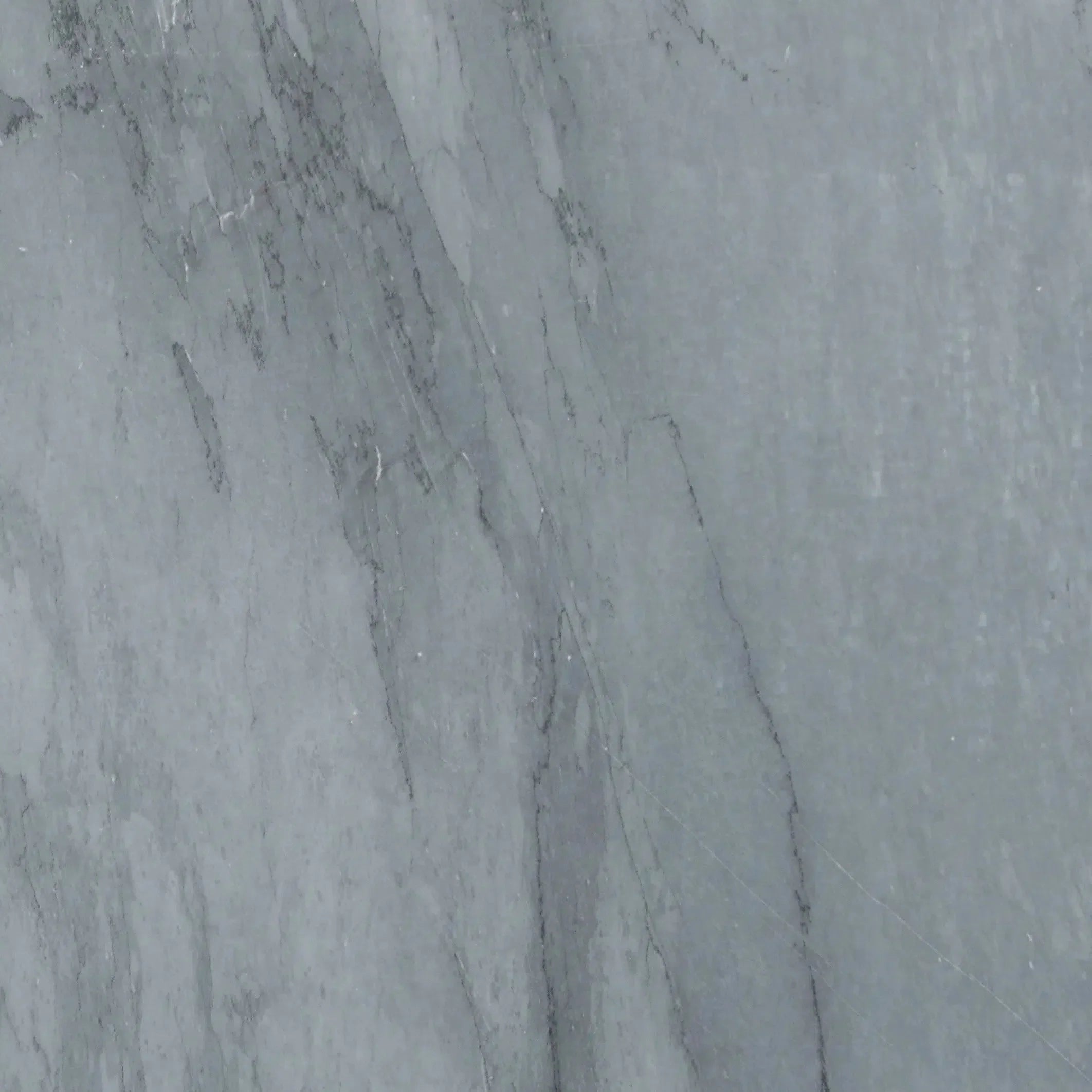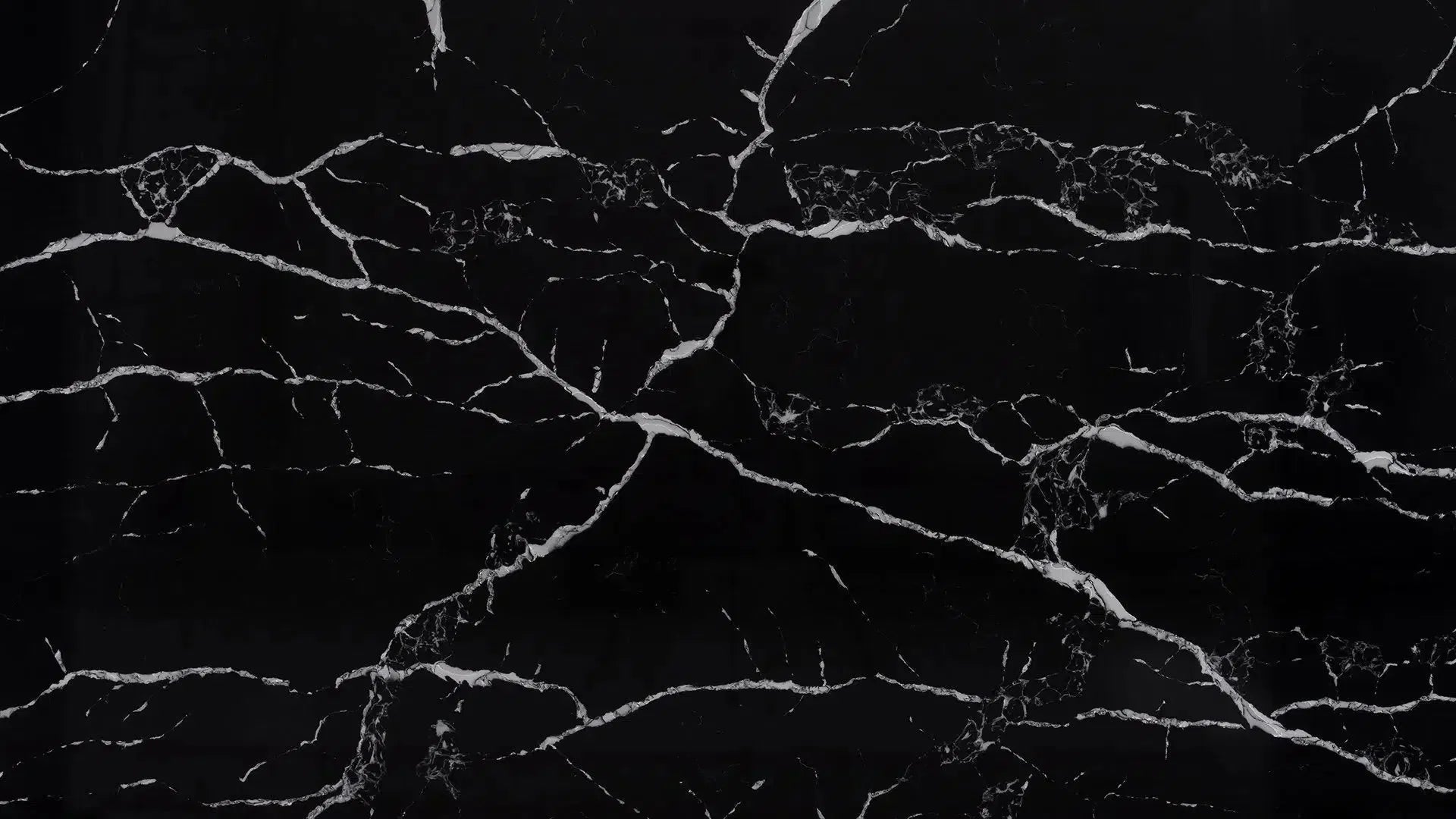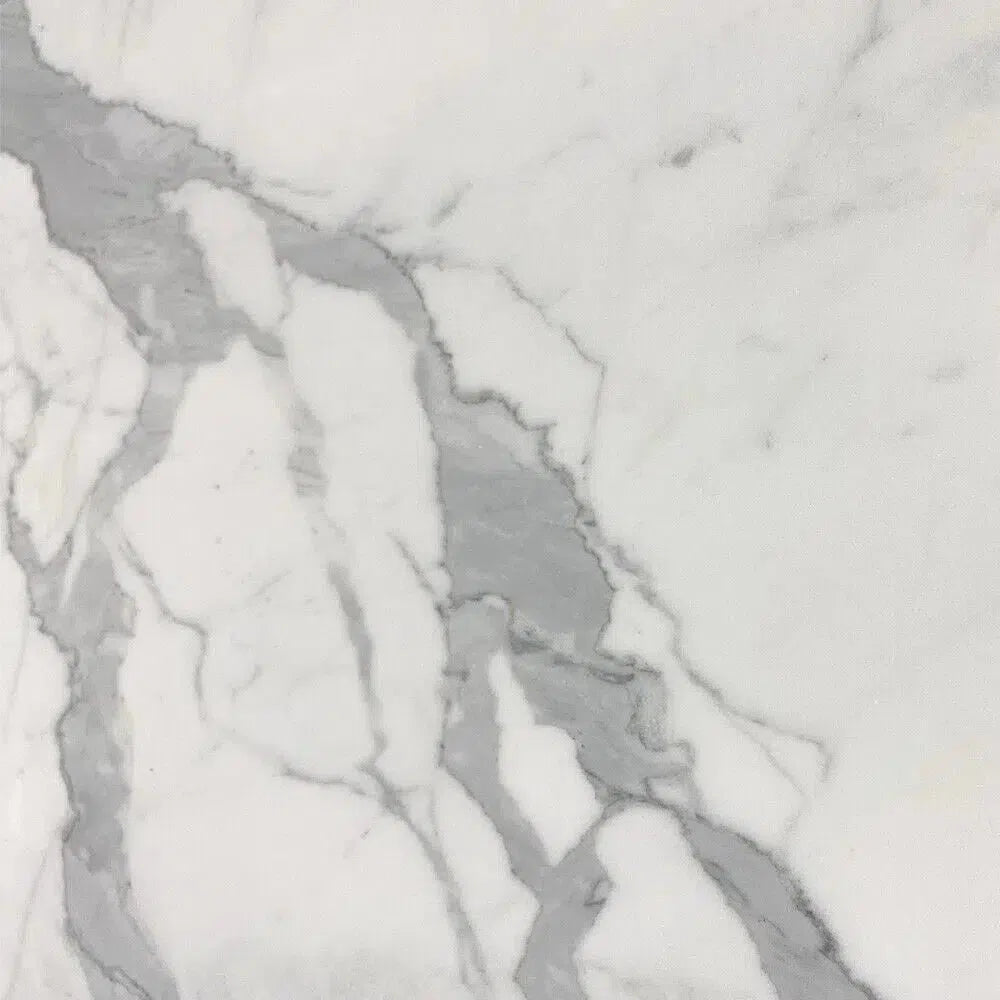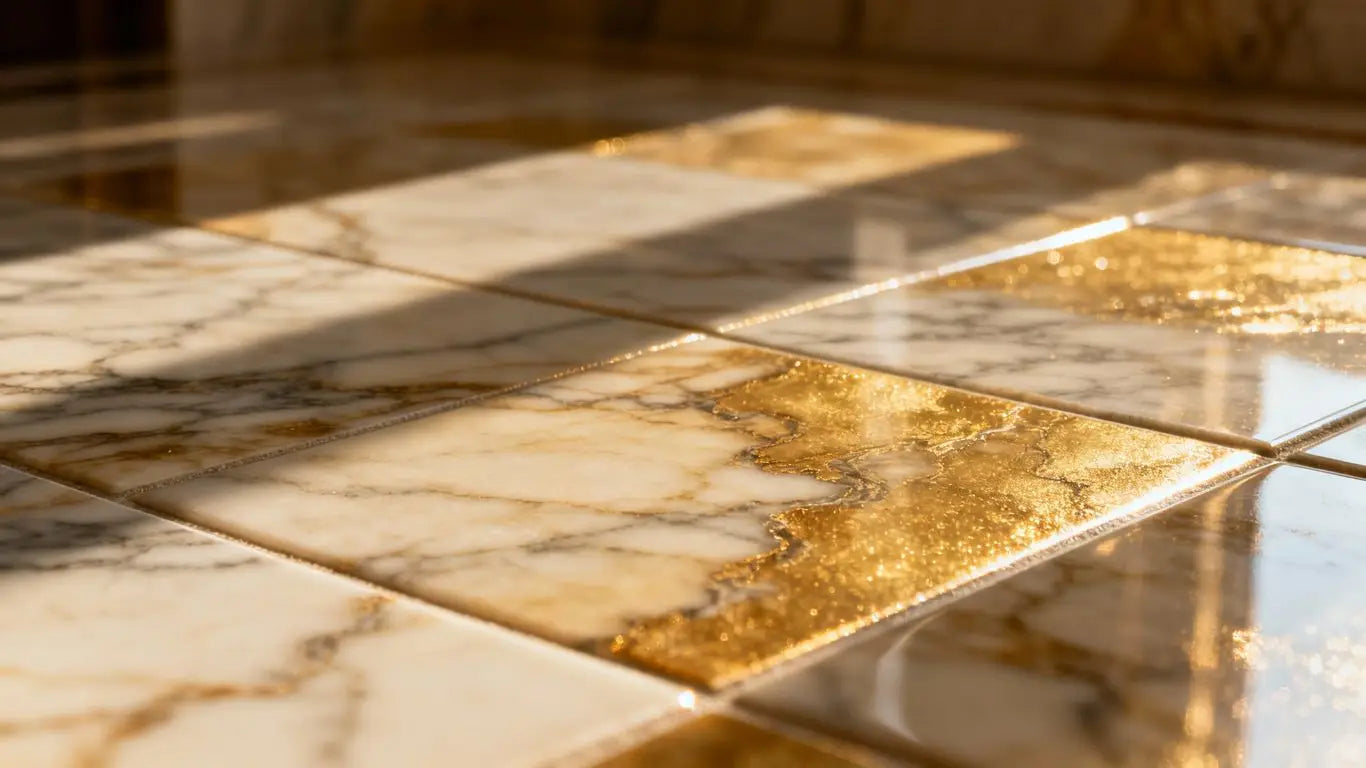Thinking about marble floors for your place? It's a beautiful choice, no doubt. But when you start looking into it, you'll find the price can really jump around. Figuring out the marble flooring cost per sq ft isn't as simple as just looking at a tag. There are a bunch of things that play a role, from the type of marble itself to how it's finished and who installs it. We're going to break it all down so you know what to expect.
Key Takeaways
- The marble flooring cost per sq ft varies a lot based on the marble's type, origin, and finish.
- Installation labor and subfloor prep are significant parts of the total cost, not just the stone itself.
- Different marble finishes like polished or honed affect both the look and the price.
- Choosing marble from a direct importer, like American Stone Center, can offer better value and authenticity.
- While marble has a higher upfront cost, its durability and timeless appeal can make it a good long-term investment.
Understanding Marble Flooring Cost Per Sq Ft
When you're thinking about marble flooring, the cost per square foot is a big number to get your head around. It's not just about the stone itself, though that's a huge part of it. There are a bunch of things that play into the final price tag, and knowing them can help you budget better for your project. We're talking about everything from where the marble comes from to how it's finished and who's putting it in. It's a bit of a puzzle, but once you see all the pieces, it makes more sense. Marble flooring is an investment in timeless beauty and lasting value for your home.
Factors Influencing Marble Flooring Price
The price you'll pay for marble flooring per square foot can swing quite a bit. It's not a one-size-fits-all situation. Several key elements contribute to the overall cost. Think about the specific type of marble you choose – some are much rarer and harder to quarry than others. The origin of the stone also matters; marble quarried in certain regions might carry a premium due to its reputation or the logistics involved in getting it to you. Then there's the finish. A high-gloss polished surface might cost more to achieve than a matte honed finish. Don't forget about the thickness of the slabs; thicker pieces naturally cost more. Finally, the supplier you choose can impact the price, with direct importers often offering better value than retailers.
The Value Proposition of Marble
While the upfront cost of marble flooring might seem high, it's important to look at the long-term value it brings. Marble is a natural material that has been used in beautiful buildings and homes for centuries. It has a certain elegance that's hard to replicate with manufactured materials. When you install marble, you're not just putting down a floor; you're adding a piece of natural art. It can significantly increase the perceived value of your home. Plus, with proper care, marble floors can last for generations, meaning you won't have to replace them anytime soon. This durability and timeless appeal are what make marble a worthwhile investment for many homeowners undertaking renovations, especially when considering 2025 renovation costs.
- Rarity and Availability: Scarcer marble types command higher prices.
- Quarry Location: Proximity to markets and quarrying difficulty affect cost.
- Slab Thickness: Thicker marble requires more material and processing.
- Supplier Markup: Different sellers have different pricing structures.
Exploring Different Marble Types and Their Pricing
When you're looking at marble flooring, you'll quickly find that not all marble is created equal. The type of marble you choose plays a big role in how it looks and, of course, how much it costs per square foot. Let's break down some of the most popular options you'll see.
Classic Carrara Marble Considerations
Carrara marble is probably the most well-known type, often seen in bathrooms and kitchens. It comes from Carrara, Italy, and is famous for its soft white or gray background with gentle, feathery gray veining. It's a classic choice that brings a sense of timeless elegance to any space. Because it's widely available, Carrara marble is often one of the more budget-friendly options in the marble family. You can expect to see prices ranging from $5 to $15 per square foot for the material itself, though this can change based on the specific slab and where you buy it.
The Elegance of Calacatta Marble
Calacatta marble is a bit more of a showstopper. It's also quarried in Italy, but it has a much bolder look than Carrara. Think bright white backgrounds with dramatic, thick veining in shades of gold, brown, or even black. This striking contrast makes Calacatta a premium choice for those wanting a luxurious statement piece. Due to its rarity and distinctive appearance, Calacatta marble typically costs more, often falling between $15 to $30 per square foot, and sometimes even higher for exceptional slabs.
Unique Veining in Statuario Marble
Statuario marble is another Italian gem, often considered a close cousin to Carrara but with its own unique charm. It features a very pure white background, sometimes with a slight gray or golden hue. The veining in Statuario is usually more linear and dramatic than Carrara, often appearing as bold, striking streaks. It's highly prized for its clean look and beautiful patterns. Statuario marble sits in a similar price range to Calacatta, generally between $15 to $30 per square foot, sometimes more, depending on the intensity and pattern of the veining.
Here's a quick look at how these popular types generally compare:
| Marble Type | Typical Background Color | Veining Style | Estimated Material Cost (per sq ft) |
|---|---|---|---|
| Carrara | White to light gray | Soft, feathery gray | $5 - $15 |
| Calacatta | Bright white | Bold, dramatic, varied | $15 - $30+ |
| Statuario | Pure white | Linear, striking | $15 - $30+ |
Choosing the right marble type is about balancing your aesthetic vision with your project's budget. Each offers a distinct personality, and understanding these differences is the first step to selecting the perfect stone for your U.S. project.
The Impact of Marble Origin on Cost

When you're looking at the price tag for marble flooring, where that stone comes from really matters. It's not just about the color or the pattern; the quarry's location plays a big part in how much you'll end up paying per square foot. Think of it like wine or coffee – the region influences the final product and its cost.
Italian Marble's Renowned Quality
Italy has been the go-to source for high-quality marble for centuries. Places like Carrara and Calacatta are practically synonymous with luxury marble. Because of this long history and the demand for these specific types, Italian marble often comes with a higher price tag. This premium cost reflects the stone's exceptional beauty, consistent quality, and the prestige associated with its origin. It's a classic choice for a reason, and that reputation is built into the price.
Global Sourcing and Affordability
But Italy isn't the only place that produces beautiful marble. Many other countries, like Greece, Turkey, Spain, and even parts of the United States, have quarries yielding stunning marble. Sometimes, sourcing marble from these locations can be more cost-effective. Factors like transportation costs, quarrying efficiency, and local market demand all play a role. While you might not get the exact same
Marble Finish and Its Effect on Marble Flooring Cost Per Sq Ft
The way marble is finished has a big impact on how it looks and, of course, how much it costs per square foot. It's not just about the stone itself; the surface treatment plays a huge role in the final aesthetic and price tag. Different finishes bring out different qualities in the marble, from a high shine to a soft, matte look. This choice affects not only the visual appeal but also the practical aspects like slip resistance and maintenance.
Polished Marble's Lustrous Appeal
A polished finish is what most people picture when they think of marble. It's achieved by grinding and buffing the stone with progressively finer abrasives until it has a high-gloss, reflective surface. This finish really makes the marble's colors and veining pop, giving it a luxurious and elegant feel. It's a popular choice for formal areas like entryways and living rooms. However, this shine can come with a slightly higher price tag compared to other finishes because it takes more effort and specialized equipment to achieve. Also, polished marble can be more slippery when wet, which is something to consider for busy households or areas prone to moisture. The mirror-like finish of polished marble is its most defining characteristic.
Honed Marble's Sophisticated Matte
Honed marble has a smoother, more subtle look. Instead of a high gloss, it has a soft, satin-like sheen. This finish is created by stopping the polishing process before the stone becomes highly reflective. It gives the marble a more understated, natural appearance, which many designers and homeowners prefer for a less formal, more relaxed vibe. Honed marble is also less slippery than polished marble, making it a safer choice for kitchens, bathrooms, and high-traffic areas. Because it requires less intensive finishing, it can sometimes be a bit more budget-friendly than its polished counterpart. It's a great option if you want the beauty of marble without the intense shine.
Tumbled Marble's Rustic Charm
For a more aged, antique look, tumbled marble is the way to go. This finish involves putting the marble in a machine with other materials, like pebbles, to chip and soften the edges and create a worn, textured surface. It gives the marble a rustic, old-world feel, reminiscent of ancient European courtyards. Tumbled marble is naturally less slippery and hides minor imperfections well, making it suitable for areas where a relaxed, natural look is desired. The process of tumbling can add to the cost, but its unique character and durability make it a sought-after option for specific design styles. It's a fantastic way to bring character and warmth into a space. You can find various types of marble, including some darker shades, that work well with this finish; for instance, black marble prices can vary, but a tumbled finish can add a unique dimension to its appearance.
Installation Expenses: A Key Component of Marble Flooring Cost
So, you've picked out that gorgeous marble. It's going to look amazing, right? But hold on a sec, before you start picturing it underfoot, we need to talk about installation. This part can really add up, and it's not something to just gloss over. The cost of getting that stone from the pallet into your home is a significant chunk of the overall project budget. It’s more than just laying down tiles; it involves skill, precision, and often, specialized tools.
Professional Installation vs. DIY
When it comes to putting down marble, you've got two main paths: hire a pro or try to do it yourself. For most people, especially with a material as precious and heavy as marble, professional installation is the way to go. These folks know the ins and outs of working with natural stone. They understand how to handle the weight, cut it precisely, and make sure it's laid perfectly level. Plus, they usually have the right equipment, which can be a big deal.
- Professional Installers:
- Expertise in handling heavy, delicate materials.
- Access to specialized tools and equipment.
- Often provide a warranty on their work.
- Can save you time and prevent costly mistakes.
- DIY Installation:
- Requires significant time, patience, and physical effort.
- Risk of damaging expensive materials.
- May need to rent or buy specialized tools.
- Can be rewarding but is often more challenging than it looks.
Trying to DIY marble installation can seem like a way to save money, but if you mess up, the cost of replacing broken tiles or fixing a poorly laid floor can quickly outweigh any initial savings. It's often worth the investment to get it done right the first time. The typical cost to install a marble tile floor can range from $17.51 to $31.52 per square foot, depending on the complexity and your location [0022].
Subfloor Preparation Requirements
Before any tile even touches the floor, the surface underneath needs to be just right. This is called subfloor preparation, and it's super important for a long-lasting installation. Think of it like building a house – you need a solid foundation. For marble, this means the subfloor needs to be:
- Level: Any unevenness can cause tiles to crack or shift over time.
- Clean: Dust, debris, or old adhesive can prevent the new tile from bonding properly.
- Stable: A flexible or weak subfloor can lead to movement, which is bad news for stone tiles.
Sometimes, you might need to add a cement board underlayment or a self-leveling compound to get the subfloor in perfect condition. These steps add to the labor time and material costs, but they are non-negotiable for a quality marble floor that will stand the test of time. Skipping this step is a recipe for future problems, and nobody wants that with their beautiful new marble.
Additional Costs Beyond Marble Material
When you're figuring out the total cost for your marble flooring project, it's easy to get caught up in just the price per square foot of the stone itself. But there are a few other things that add to the bill, and it's good to know about them upfront. These aren't huge expenses, but they do add up and can affect your overall budget.
Sealing and Grouting Essentials
After your beautiful marble tiles are laid, they need a bit of protection. Sealing is really important for marble because it's a porous stone. It helps prevent stains from setting in, especially in areas like kitchens or bathrooms where spills are more common. You'll need a good quality sealer, and then you'll have to reapply it every so often – maybe once a year or so, depending on the sealer and how much traffic the floor gets. Grout is what goes between the tiles, filling the gaps. It also needs to be sealed to keep it looking clean and prevent discoloration. The cost here includes the sealer itself, the grout material, and sometimes a specialized grout sealer. While not the most expensive part, skipping this step can lead to costly repairs down the line.
Edge Profiles and Design Details
Think about how you want the edges of your marble flooring to look, especially where it meets walls or transitions to other flooring types. There are different edge profiles you can choose from, like a simple straight edge, a beveled edge, or something more decorative like a bullnose or ogee edge. Each of these can add a small amount to the cost. Then there are design details. Are you planning a simple, uniform pattern, or do you want to incorporate intricate patterns, borders, or even custom inlays? These design elements require more precise cutting and more labor from the installer, which naturally increases the overall price. These finishing touches can really make your marble floor look custom and high-end, but they do come with an added expense.
It's worth remembering that these 'extras' are often what separate a standard installation from a truly bespoke and luxurious finish. They contribute to the longevity and aesthetic appeal of your marble, making them a worthwhile consideration for many homeowners and designers.
Comparing Marble Flooring Cost Per Sq Ft with Other Natural Stones

When you're looking at flooring options, especially natural stones, it's easy to get a bit overwhelmed by all the choices and prices. Marble is definitely a showstopper, but how does its cost stack up against other popular natural stones like travertine and granite? It's a good question to ask, especially when you're planning a project across the U.S. or just looking for the best tile flooring for your home.
Travertine's Similarities and Differences
Travertine often gets compared to marble because they're both natural stones with a timeless appeal. You'll find travertine has a more porous surface, which gives it a distinct look with visible pits and natural holes. This texture can lend a rustic or Mediterranean feel to a space. Price-wise, travertine is generally more budget-friendly than marble. You might see travertine prices ranging from $3 to $10 per square foot for the material itself, though installation costs will add to that. Marble, on the other hand, typically starts higher, often in the $5 to $12 per square foot range for basic types, and can go much higher for exotic varieties.
- Porosity: Travertine is more porous than marble.
- Appearance: Travertine often has a more textured, earthy look.
- Cost: Travertine is usually less expensive than marble.
- Durability: Both are durable, but marble can be more prone to etching from acids.
Granite's Durability and Price Point
Granite is another strong contender in the natural stone flooring market, known for its incredible toughness and resistance to scratches and heat. If durability is your absolute top priority, granite is a fantastic choice. When it comes to cost, granite prices can overlap with marble, but often, you'll find good quality granite starting around $4 to $10 per square foot for the material. High-end or rare granite slabs can easily surpass marble prices. So, while granite offers superior hardness, its aesthetic might be less varied or perceived as less luxurious than marble by some. For homeowners looking for a balance of toughness and style, granite is worth a close look. You can explore the best tile flooring options, including granite, to see how they fit your project's needs here.
When comparing natural stones, remember that the 'per square foot' cost is just for the material. Installation, subfloor prep, sealing, and any special finishes or edge details will add significantly to the final price. Always get detailed quotes that break down all these components.
Ultimately, the best stone for your project depends on your budget, desired look, and how the space will be used. While marble offers unparalleled elegance, stones like travertine and granite provide excellent alternatives with their own unique benefits and price points. For those seeking the luxurious feel of marble countertops, you might be surprised to find they can be more affordable than you think, sometimes even less than granite [a957].
Achieving Luxury Marble on a Budget
Thinking marble flooring is out of reach for your project? Think again. While marble is a premium material, there are smart ways to bring its timeless elegance into your home without breaking the bank. It’s all about making informed choices and understanding where you can save without sacrificing quality. You can achieve that luxurious marble look with careful planning and strategic selections.
Strategic Material Selection
Not all marble is created equal, and this is where you can really make a difference in cost. Some of the most famous marble types, like Calacatta or Statuario, come with a higher price tag due to their rarity and distinctive veining. However, there are other beautiful marble options that offer a similar high-end feel at a more accessible price point. Consider classic Carrara marble, for instance. It's widely available, still offers that signature marble look with its soft grey veining, and is generally more budget-friendly than its more exotic counterparts. Exploring different finishes can also play a role; a honed or tumbled finish might be less expensive than a high-gloss polished finish, and can offer a different, yet equally sophisticated, aesthetic. When looking for cost-effective natural stone, it's helpful to compare it with other options like travertine tiles.
Optimizing Installation Choices
Installation is a significant part of the overall cost, and there are ways to manage this expense. While professional installation is often recommended for natural stone to ensure a perfect finish and longevity, understanding the process can help you budget effectively. If you're considering a DIY approach for a smaller area, be sure you have the right tools and a good grasp of the techniques involved. For larger projects, getting multiple quotes from reputable installers is a must. Sometimes, choosing a simpler edge profile instead of a complex custom one can also reduce labor costs. Remember, proper subfloor preparation is non-negotiable, regardless of who installs the marble; cutting corners here can lead to much bigger problems down the line. For areas like bathrooms, exploring waterproof flooring options that mimic marble can also be a cost-saving strategy.
Long-Term Value and Durability of Marble Flooring
When you're thinking about marble flooring, it's not just about the initial cost per square foot. You've got to consider how long it's going to last and what kind of value it brings to your home over the years. Marble is a natural stone, and that means it has a certain presence and longevity that you just don't get with other materials. It's an investment that can pay off handsomely.
The Lifespan of Quality Marble
Good quality marble, when properly installed and cared for, can last for generations. We're talking about a material that's been used in some of the world's most iconic buildings for centuries. Think about it – that's durability you can count on. Of course, the specific type of marble and how it's treated during installation play a role. For instance, a marble floor in a high-traffic area might show wear differently than one in a less-used room. But generally, marble is tough. It's a stone that ages gracefully, often developing a unique patina over time that adds to its character. If you're looking for flooring that stands the test of time, marble is definitely a top contender. You can find out more about selecting the perfect marble for your space on our site.
Maintenance for Lasting Beauty
Keeping your marble looking its best isn't complicated, but it does require a bit of attention. The key is to protect its surface. Regular sealing is important, usually once a year or so, depending on the traffic and type of sealant used. This helps prevent stains from penetrating the stone. When it comes to cleaning, stick to pH-neutral cleaners. Avoid anything acidic, like vinegar or harsh chemicals, as these can etch the surface and dull the shine. Spills should be wiped up promptly. Simple steps like using doormats at entrances can also cut down on grit being tracked across the floor, which can cause micro-scratches over time.
Here’s a quick rundown of maintenance tips:
- Seal Regularly: Protects against stains and etching.
- Use Gentle Cleaners: Opt for pH-neutral solutions.
- Wipe Spills Immediately: Don't let liquids sit on the surface.
- Sweep or Dust Mop Daily: Removes abrasive particles.
- Use Area Rugs: Especially in entryways and high-traffic zones.
Marble flooring is a statement piece. Its enduring beauty and resilience mean that while the upfront cost might be higher, the long-term value and aesthetic appeal are undeniable. It's a choice that speaks to quality and timeless design.
Direct Importer Advantage for Marble Flooring Cost Per Sq Ft
When you're looking at marble flooring, the price per square foot can really vary. A big part of that difference comes down to how the stone gets to you. Buying directly from an importer cuts out a lot of the middle steps, which can make a real difference in your budget. Think about it like this: instead of the marble going from the quarry to a distributor, then to a wholesaler, and finally to a retailer before it reaches your home, a direct importer streamlines that process. This means fewer markups along the way.
Sourcing Premium Stone Directly
Direct importers have relationships with quarries all over the world. They often travel to these locations, handpicking the best slabs. This isn't just about getting a good price; it's also about quality control. They're looking for specific veining patterns, color consistency, and the overall grade of the stone. We focus on sourcing only A+ top-quality natural stone, avoiding commercial-grade materials. This direct connection means you get access to premium, often unique, marble that you might not find through more traditional channels. It's a way to get truly special stone for your U.S. projects.
Ensuring Authenticity and Value
Working with a direct importer also helps guarantee you're getting genuine marble. There's less chance of mislabeling or receiving a lower-grade product when the importer has a direct line to the source. This authenticity translates into better value for your investment. You know you're paying for real, high-quality marble, not something that's been substituted or compromised. Plus, many direct importers, like us, offer fast shipping, often same-day, so your project can keep moving forward without long delays. If you're interested in how to start your own tile import business, partnering with a reliable supplier is key.
- Quality Assurance: Direct oversight of quarry selection.
- Price Advantage: Reduced markups from fewer intermediaries.
- Authenticity: Guaranteed genuine, premium natural stone.
- Unique Selections: Access to exclusive patterns and colors.
- Faster Delivery: Streamlined logistics for quicker project timelines.
Buying marble flooring directly from us means you get a better deal on the price per square foot. We cut out the middlemen, so you save money. Want to see how affordable beautiful marble can be? Visit our website today to explore our stunning selection and get a quote!
Wrapping Up Your Marble Flooring Journey
So, we've looked at the costs, the styles, and what goes into making marble flooring a real showstopper for your home. It's definitely an investment, no doubt about it. But when you think about the beauty, the way it feels underfoot, and how long it lasts, it starts to make a lot of sense. Remember, getting a few quotes is always a good idea, and don't forget to factor in installation. We're here to help you find that perfect, top-quality stone that feels just right for your space. Thanks for reading, and happy renovating!
Frequently Asked Questions
How much does marble flooring usually cost per square foot?
The price for marble flooring can change a lot. It often ranges from $10 to $200 or more for each square foot. This big difference depends on the type of marble, where it comes from, and how it looks.
What makes some marble more expensive than others?
Things like the marble's color, how unique its patterns are, and if it's rare all play a part. For example, very rare marbles with beautiful, distinct lines can cost much more than common ones.
Does the finish of the marble affect the price?
Yes, it does! Marble that's polished to a super shiny finish might cost a bit more than marble with a matte or rougher look. Different finishes also need different work to achieve.
How much does it cost to install marble floors?
Installation is a big part of the total cost. You'll likely pay between $5 to $15 per square foot for professional installation. This covers the labor and any special prep work needed for the floor underneath.
Are there other costs besides the marble itself and installation?
You bet! You'll need to think about costs for things like sealing the marble to protect it, grout to fill the spaces between tiles, and any special edging you want for the borders. These add up too.
Is marble flooring a good investment for my home?
Marble flooring is definitely an investment. It looks super fancy and can make your home worth more. Plus, good quality marble can last for many, many years if you take care of it properly.
Can I get beautiful marble without spending a fortune?
You can! Choosing a more common type of marble, like Carrara, or looking for marble sourced from less expensive regions can help. Also, sometimes you can find deals if you buy directly from importers.
How is marble different from other stones like granite or travertine?
Marble is softer than granite and can scratch or stain more easily, but it has a classic, elegant look. Travertine is similar to marble but often has a more rustic feel and more holes. Granite is super tough and great for busy areas.
